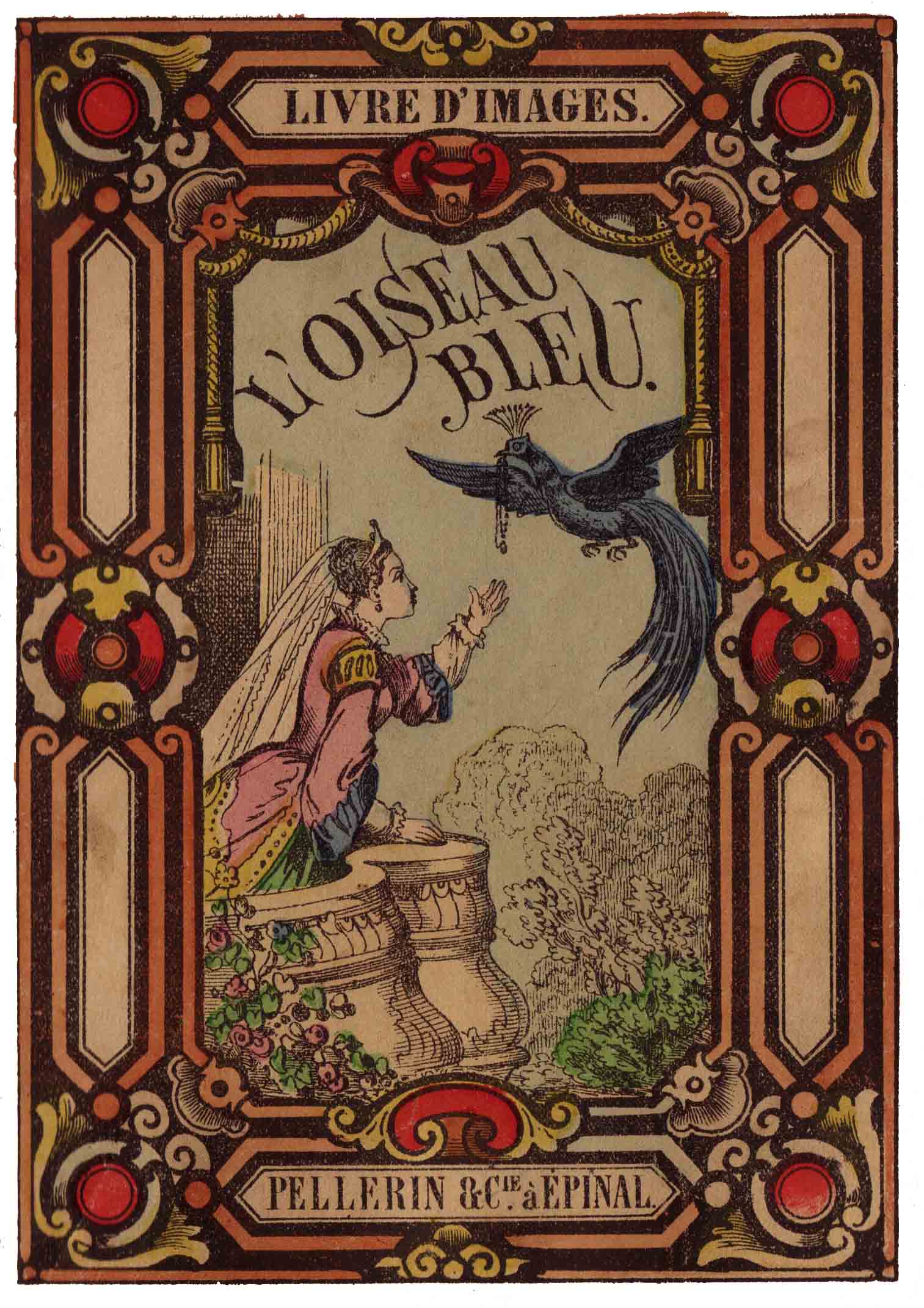Sunday, August 21, 2016
Who's the Bluebird in Sleeping Beauty?
One of the fun things about the Sleeping Beauty ballet for fairy tale fans is the fact that the finale incorporates several fairy tale characters-Red Riding Hood and the Wolf, Cinderella, even Bluebeard (I personally wouldn't want him at my wedding...but I guess the characters have learned their lesson about leaving evil people out of celebrations after Carabosse cursed Aurora?). (Although after I wrote that, my source says Bluebeard makes an appearance, but I can't find any other evidence that he's a character in this ballet.)
But one of the most famous dance variations is the Bluebird, above (starts at aobut 3:30). The dance has captivated audiences for generations, as the male dancer leaps and jumps so effortlessly it appears he really can flutter about like a bird. But who is the Bluebird?
Jack Anderson provides an answer in his nytimes article Who's That Bluebird? And Who's That White Cat? (You know you write about fairy tale characters too often when your fingers keep wanting to type "Bluebeard" over "Bluebird"...). Although the ballet was originally created in Russia, the choreographer, Marius Petipa, was French, hence the usage of all the French fairy tales. Many were Charles Perrault's famous stories, including "Sleeping Beauty" itself, but Blue Bird and the White Cat are characters from Madame Catherine d'Aulnoy's tales. Anderson summarizes the Blue Bird tale for us (read the full text here):
In "The Bluebird," a king marries a malicious woman after his wife dies. The new queen persecutes Florine, the king's kindhearted daughter, and promotes her own wicked daughter, Truitonne, whose face resembles that of a trout and whose conduct is decidedly fishy. The queen wishes the young King Charmant, who loves Florine, to marry Truitonne. Because he refuses to do so, Truitonne's wicked fairy godmother condemns him to be a bluebird. Florine is locked in a tower, where she is discovered by Charmant, who visits her nightly. The Bluebird pas de deux presumably shows Charmant happily fluttering in the presence of Florine.
When a spy sees the bird caressing Florine with his claw and kissing her with his bill, the queen places sharp swords on every resting place near the tower so Charmant can no longer easily alight. Fortunately, the people of the kingdom rebel against the queen. Florine, released from the tower, searches for her beloved bird and, after terrible hardships, finds him. He regains human form, but the fish-faced Truitonne becomes a pig -- a linguistically appropriate metamorphosis, for her name derives from the French words "truite" (trout) and "truie" (sow).
Also for fun, here's some more fairy tale variations: Red Riding Hood and Wolf, Puss in Boots and White Cat, Cinderella and Prince:
Illustration
Bluebird clip-Bolshoi Ballet, 2011
Fairy Tale clip
Subscribe to:
Post Comments (Atom)


I had no idea Red Riding Hood and Cinderella were in this ballet. I've only seen two versions of this ballet before. One was a recording of an old Nureyev performance which only included the cat dance and the Bluebird dance at the end and the other was the Matthew Bourne version, which was highly reimagined (the fairies were vampires. It was a little weird even for me). Thanks to the tip from this post I went and found this which includes the dances I missed: https://www.youtube.com/watch?v=ynIBHBagJsI
ReplyDeleteY'know, supposedly, this little gathering wasn't the first example of a fairy tale crossover. Fairy tale scholar R.C. Do Rosario (aka Doc in Boots) once told me on twitter that the various salon writers would make reference to each other's stories in their writing.
What I'm kind of wondering now is if the prince Charmant from "The Bluebird" is the first usage of "Prince Charming" for a fairy tale prince.
Ack that youtube video was supposed to be embedded in the post too! Hopefully it should be working now...
DeleteIt would be interesting to trace the history of the term "Prince Charming!" Could very possibly have been from Bluebird, in the same era that coined the term "fairy tale"...
One of the reasons I have PDF's of Andrew Lang's fairy books is because they include some of d'Aulnoy's tales.
ReplyDeleteThe White Cat was one of the stories my brother and I read all the time as kids once we discovered it (I think we found it in a really obscure book that we got from a yard sale).
Yes, you're right, the fairy tale characters are guests at the wedding who are providing entertainment. It's very similar to the second act in Nutcracker, where all the Sweets from around the world come out and perform for Clara to thank her for returning their Prince to them. It's a way to feature more dancers from the company at least!
ReplyDeleteI didn't know about the other fairy tales in this ballet, either! So interesting! I've seen the cat sequence before, but never realised it was a connection to The White Cat. Also, when I first read the title of this article I thought it said 'Bluebeard' instead of 'Bluebird' hahaha, clearly we both have fairy tales on the brain!
ReplyDelete